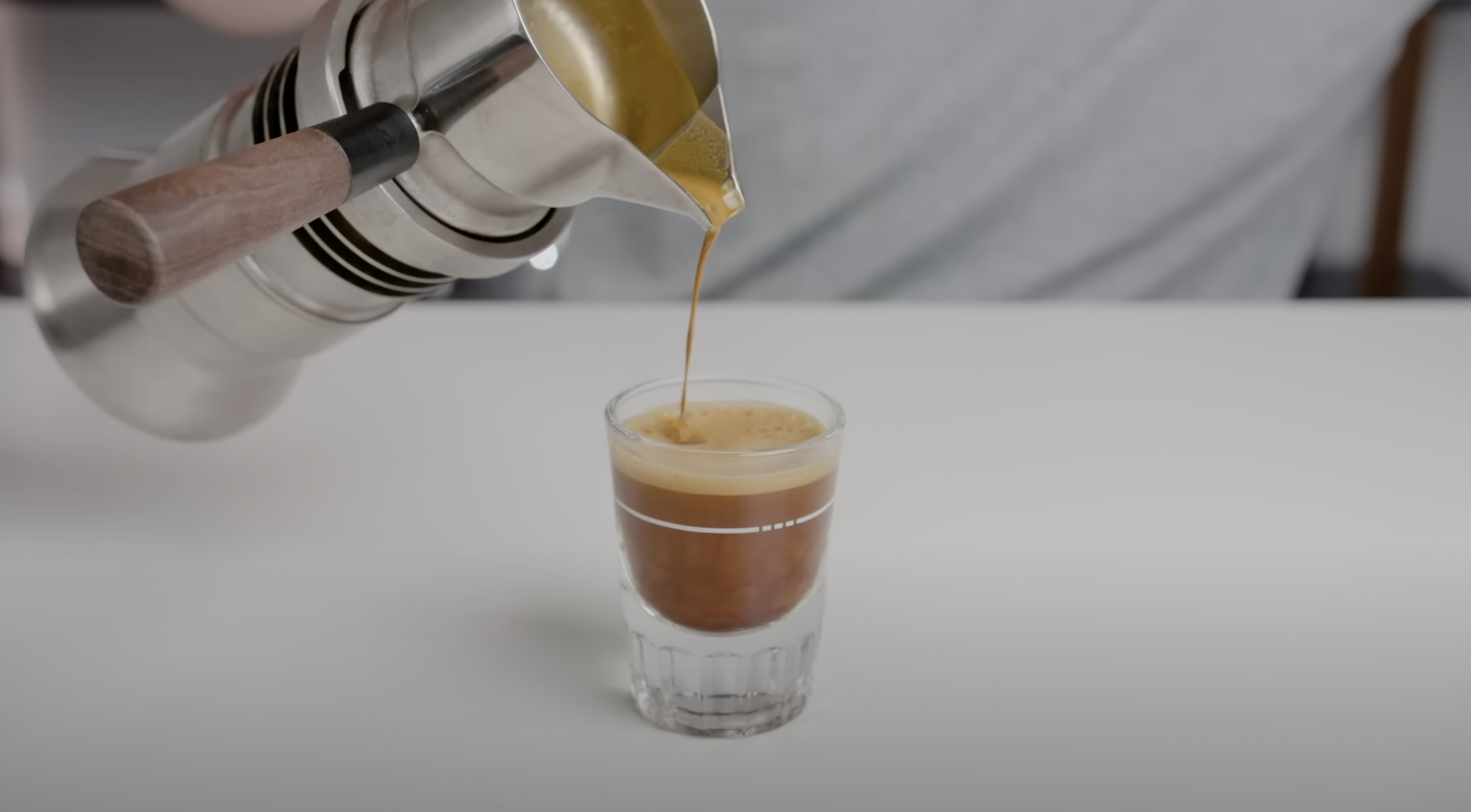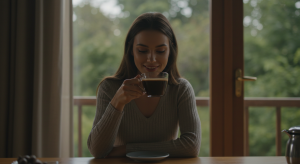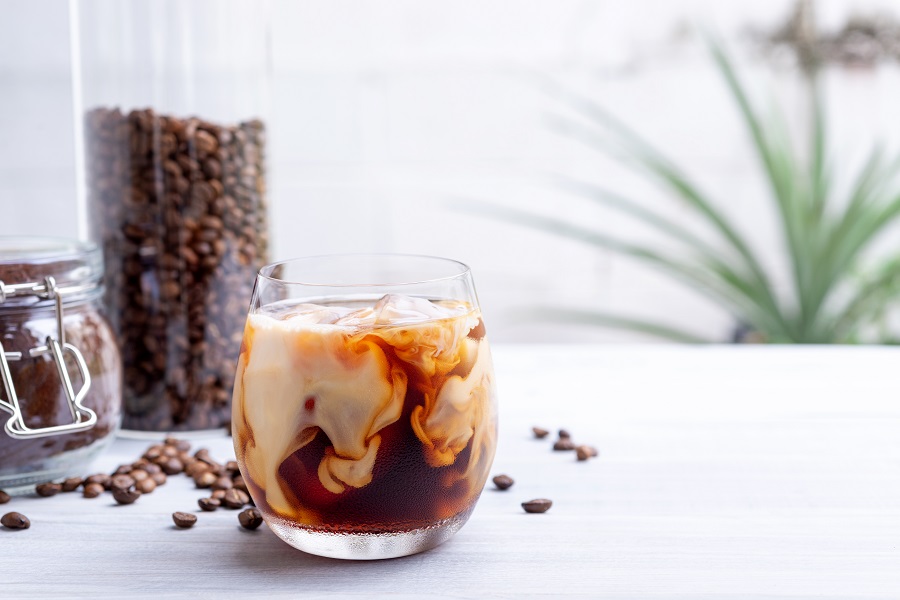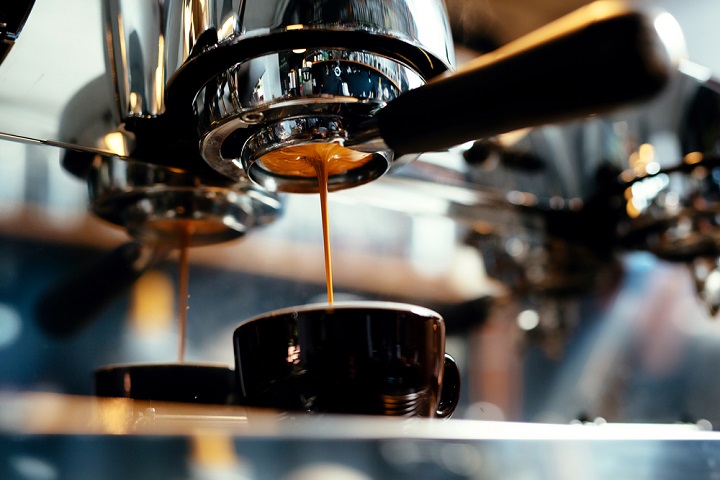Espresso is one of the most popular and versatile forms of coffee, but it can also be one of the most challenging to master. A good espresso shot can elevate your mood, energize your day, and enhance your coffee experience. A bad espresso shot can ruin your taste buds, waste your money, and frustrate your efforts.
What We'll Cover
- How Can You Tell If an Espresso Shot Is Good?
- How to Make Espresso Coffee at Home
- Espresso Machine: With a portafilter and a tamper
- Coffee Grinder: That can produce fine grounds
- Fresh Coffee: Beans of your choice
- Scale: To measure the dose of coffee
- Timer: To monitor the extraction time
- Serving Cup
- What Are the Qualities of a Good Espresso Shot?
- What Should a Good Shot of Espresso Taste Like?
- Is Good Espresso Still Bitter?
- Is There More Caffeine in Espresso Than in Coffee?
- Frap Roast vs. Espresso in Fraps
- Final Thougs
So, how can you tell if an espresso shot is good or bad? In this post, we will answer them and provide you with some tips and tricks to make the perfect espresso shot at home or at your favorite coffee shop. Whether you are a beginner or a seasoned barista, this guide will help you improve your espresso skills and enjoy the best coffee possible.
How Can You Tell If an Espresso Shot Is Good?
| Factor | Description |
| Look | The first thing you need to do to evaluate an espresso shot is to look at it. A good espresso shot should have a thick, golden-brown layer of crema on top, which is the result of the oils and gases from the coffee beans being emulsified by the high pressure of the water. Crema is not only a sign of freshness and quality, but also adds sweetness and aroma to the espresso. A bad espresso shot will usually have a thin, pale, or burnt crema, or no crema at all. This indicates that the coffee beans are stale, the grind size is wrong, the water temperature is too high or too low, the extraction time is too short or too long, or the tamping pressure is uneven or insufficient. |
| Smell | Another way to tell if an espresso shot is good is to smell it. A good espresso shot should have a complex and pleasant aroma, with notes of chocolate, caramel, nuts, fruits, or flowers, depending on the origin and roast of the beans. A bad espresso shot will have a flat, sour, or bitter smell, which means that the coffee is oxidized, over-extracted, or under-extracted. |
| Taste | Finally, you need to taste the espresso shot to determine its quality. A good espresso shot should have a balanced and smooth flavor, with a full body and a rich mouthfeel. It should not be too acidic, too bitter, or too watery. It should also have a pleasant aftertaste that lingers on your tongue. A bad espresso shot will have a harsh, unpleasant, or metallic flavor, with a thin body and a watery mouthfeel. It will also have a bad aftertaste that makes you want to spit it out. |
How to Make Espresso Coffee at Home
To prepare espresso coffee at home, you will need the following products:
Espresso Machine: With a portafilter and a tamper

This is the main device that brews the espresso by forcing hot water through finely ground coffee at high pressure. There are different types of espresso makers, such as manual, semi-automatic, automatic, and super-automatic. Depending on your budget and skill level, you can choose the one that suits you best.
Coffee Grinder: That can produce fine grounds
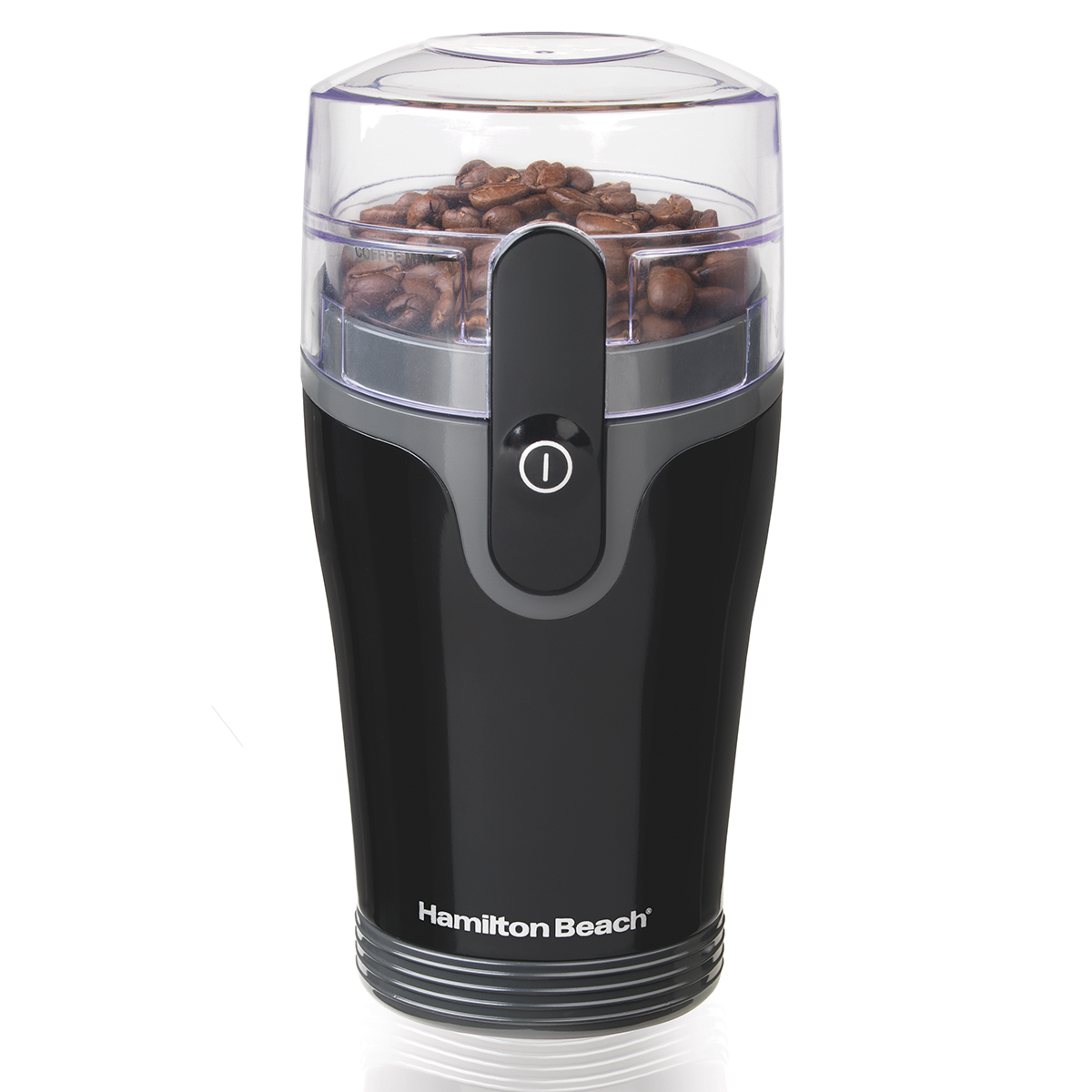
This is a device that grinds the coffee beans to the optimal size and consistency for espresso. A burr grinder is preferred over a blade grinder, as it produces more uniform and precise grounds. You can adjust the grind size according to your preference and the type of espresso maker you use.
Fresh Coffee: Beans of your choice

This is the most important ingredient for making a delicious espresso. You can choose any coffee beans that you like, but make sure they are fresh and roasted for espresso. Espresso beans are usually darker and more oily than regular coffee beans, and they have a rich and complex flavor profile.
Scale: To measure the dose of coffee

ACCURATE MEASUREMENT: FSJCOFFEE scale accurate to the tenth of a gram and highly responsive.Metal body is strong and stable.product dimensions : 5.3 x 4.4 x 0.8 inches.
HIGH-QUALITY MATERIAL: T...
This is a tool that helps you measure the exact amount of coffee grounds you need for each shot of espresso. The standard dose is about 18 to 20 grams of coffee for a double shot, but you can adjust it according to your taste and the strength of your espresso maker. A digital scale is more accurate and convenient than a measuring spoon or scoop.
Timer: To monitor the extraction time

This is a tool that helps you monitor how long the espresso takes to brew. The ideal extraction time is about 25 to 30 seconds for a double shot, but it can vary depending on the grind size, the coffee dose, and the water pressure. A timer can help you achieve a consistent and balanced shot of espresso every time.
Serving Cup

This is the final touch for enjoying your espresso. A serving cup or demitasse cup is a small and thick-walled cup that holds about 2 to 3 ounces of espresso. It keeps the espresso hot and preserves its aroma and flavor. You can also use a larger cup if you want to add milk or foam for a latte or cappuccino.
What Are the Qualities of a Good Espresso Shot?
To make a good espresso shot, you need to pay attention to four main factors. These are the elements that affect the quality and flavor of your espresso, and you need to optimize them to achieve the best results.
The Beans

The beans are the foundation of your espresso, and you need to choose them carefully. The type, origin, roast, and freshness of the beans will determine the flavor profile, aroma, and crema of your espresso.
Generally, espresso beans are a blend of different varieties and origins, such as Arabica and Robusta, or Central and South American, African, and Asian beans. Blending allows for a more balanced and consistent flavor, as well as a higher caffeine content and a thicker crema.
However, you can also use single-origin beans, which are beans from a specific region or farm, to enjoy the unique characteristics and nuances of each origin. Single-origin beans tend to have more complex and delicate flavors, but they can also be more challenging to extract and less forgiving of errors.
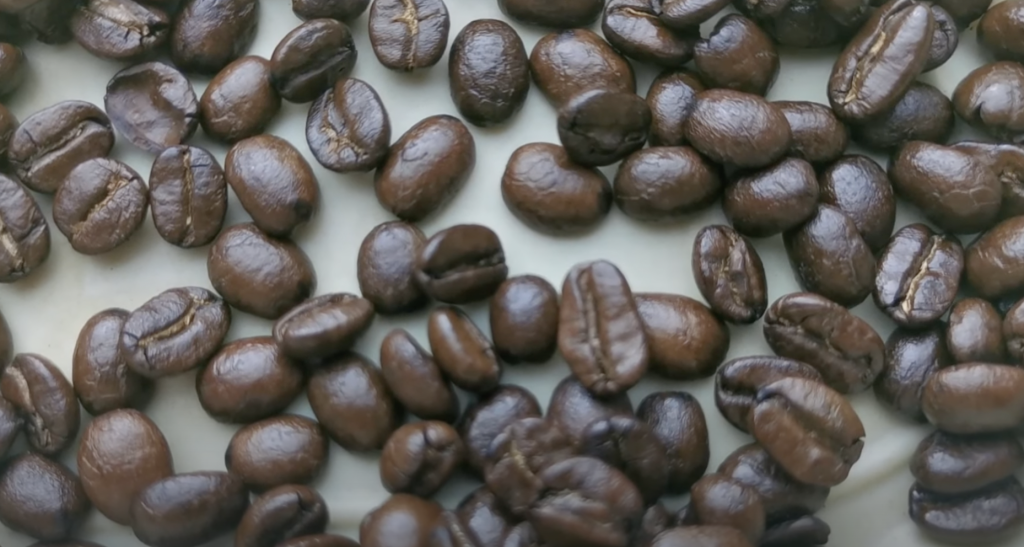
The roast level of the beans is also important, as it affects the color, aroma, and taste of the espresso. Espresso beans are usually roasted to a medium or dark level, which brings out the sweetness, body, and crema of the beans, as well as some bitter and smoky notes. Lighter roasts tend to have more acidity, fruitiness, and floral notes, but they can also be more sour and less creamy.
The freshness of the beans is another crucial factor, as it determines the quality and intensity of the crema and the aroma. Freshly roasted beans have more oils and gases, which create a thicker and richer crema and a more fragrant and flavorful espresso. Ideally, you should use beans that are roasted within two weeks of the date of purchase, and store them in an airtight container away from heat, light, and moisture.
The Grind
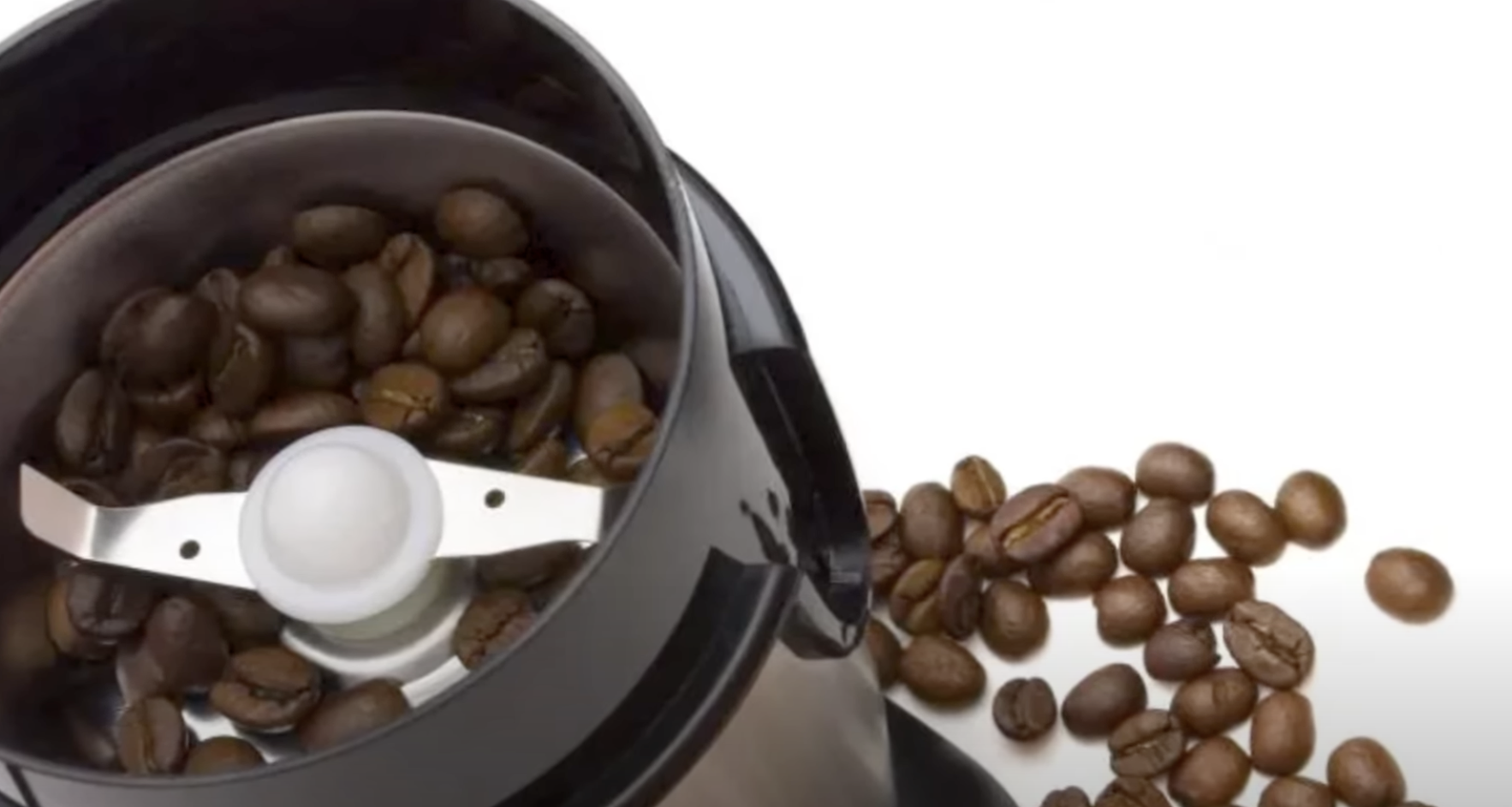
The grind size and consistency of the beans are essential for the extraction and the flavor of the espresso. The grind size refers to how fine or coarse the coffee particles are, and it affects the flow rate and the contact time of the water and the coffee. The consistency refers to how uniform the coffee particles are, and it affects the evenness and the quality of the extraction.
Generally, espresso requires a fine and consistent grind, which creates more surface area and more resistance for the water to pass through. This allows for a higher extraction rate and a more intense and concentrated flavor. However, the grind size should not be too fine, as it can cause over-extraction, channeling, and clogging of the portafilter.

Over-extraction occurs when the water extracts too much from the coffee, resulting in a bitter, dry, and burnt flavor. Channeling occurs when the water finds the path of least resistance and bypasses some of the coffee, resulting in an uneven and under-extracted flavor. Clogging occurs when the coffee particles block the holes of the portafilter, preventing the water from flowing through.
To achieve the optimal grind size and consistency, you need to use a good quality burr grinder, which crushes the beans into uniform and adjustable particles, rather than a blade grinder, which chops the beans into irregular and inconsistent particles. You also need to adjust the grind size according to the type, roast, and freshness of the beans, as well as the water temperature, pressure, and volume. A good rule of thumb is to aim for a 25-30 second extraction time for a 1-ounce shot of espresso, and adjust the grind size accordingly. If the extraction time is too short, make the grind finer. If the extraction time is too long, make the grind coarser.
The Water

The water is the medium that extracts the flavor and the aroma from the coffee, and you need to ensure that it is of good quality and at the right temperature and pressure. The quality of the water affects the taste and the clarity of the espresso, as well as the health and the performance of the machine. The water should be filtered, soft, and fresh, as hard, unfiltered, or stale water can contain minerals, impurities, or chlorine that can alter the flavor and the appearance of the espresso, as well as damage the machine.
The temperature of the water affects the extraction and the flavor of the espresso, as different temperatures extract different compounds from the coffee. The ideal temperature range for espresso is between 195°F and 205°F, which allows for a balanced and smooth extraction of the oils, acids, sugars, and aromatics from the coffee. If the temperature is too low, the espresso will be sour, weak, and under-extracted. If the temperature is too high, the espresso will be bitter, harsh, and over-extracted.
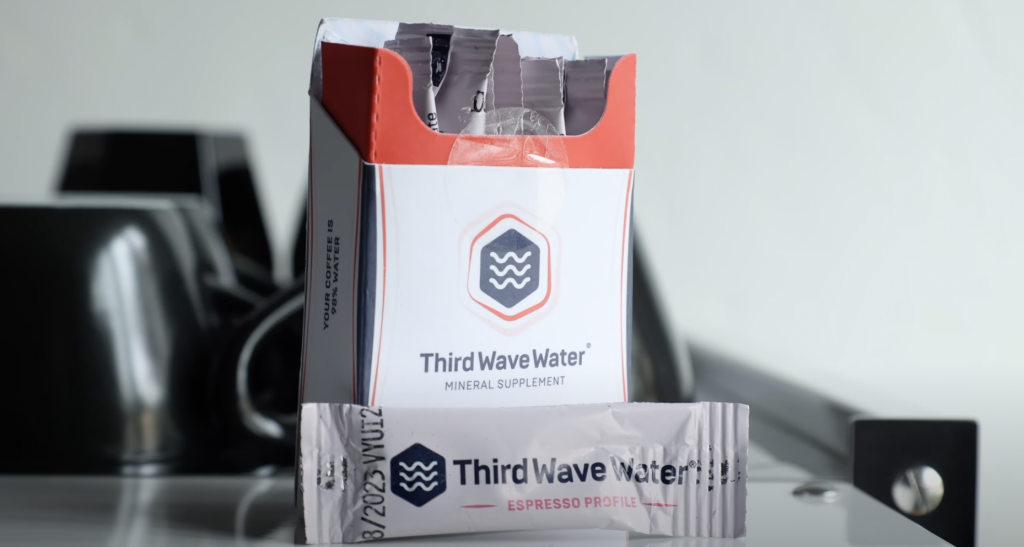
The pressure of the water affects the flow rate and the crema of the espresso, as well as the extraction and the flavor of the coffee. The standard pressure for espresso is 9 bars, which is equivalent to 130 psi or 9 times the atmospheric pressure at sea level. This pressure creates enough force and speed for the water to pass through the finely ground coffee and produce a thick and creamy crema, as well as a rich and concentrated flavor. If the pressure is too low, the espresso will be thin, watery, and under-extracted. If the pressure is too high, the espresso will be bitter, burnt, and over-extracted.
The Machine

The machine is the device that controls and delivers the water to the coffee, and you need to choose and maintain it properly to make a good espresso shot. There are different types and models of espresso machines, such as manual, semi-automatic, automatic, and super-automatic, and they vary in terms of features, functions, and prices. The type of machine you choose depends on your preference, budget, and skill level, but the most important thing is that it can provide the right temperature and pressure for the espresso.
Manual machines require you to manually pump and regulate the water, which gives you more control and flexibility, but also more room for error and inconsistency. Semi-automatic machines require you to manually grind, dose, and tamp the coffee, but automatically control the water flow and stop, which gives you some control and consistency, but also some convenience and ease.

Automatic machines require you to manually grind, dose, and tamp the coffee, but automatically control the water flow and volume, which gives you less control and more consistency, but also more convenience and ease. Super-automatic machines do everything for you, from grinding, dosing, tamping, to brewing and stopping the water, which gives you no control and maximum consistency, but also maximum convenience and ease.
Regardless of the type of machine you use, you need to keep it clean and well-maintained, as a dirty or faulty machine can affect the quality and thequality and the flavor of the espresso. You should regularly clean the portafilter, the group head, the steam wand, and the drip tray, as well as descale and backflush the machine according to the manufacturer’s instructions. A clean and well-maintained machine will ensure a smooth and hygienic espresso making process and a delicious and satisfying espresso shot.
What Should a Good Shot of Espresso Taste Like?
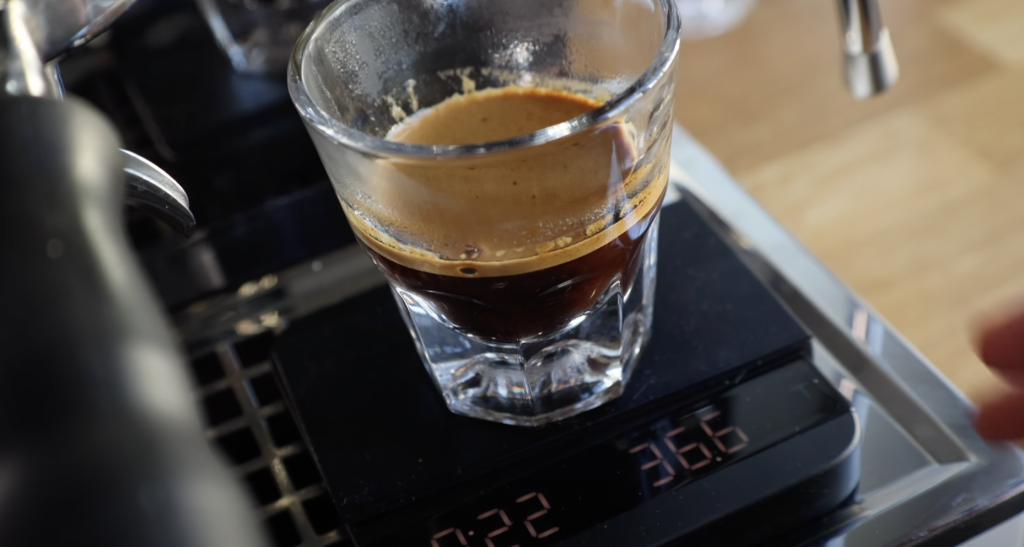
A good shot of espresso should taste like a concentrated and balanced version of the coffee beans you used, with a complex and pleasant flavor that reflects the origin, roast, and blend of the beans. It should have a full body and a rich mouthfeel, with a thick and creamy crema that adds sweetness and aroma to the espresso. It should not be too acidic, too bitter, or too watery, but rather have a smooth and harmonious taste that lingers on your tongue.
A good shot of espresso should also taste like the result of your skill and effort, as well as the quality and performance of your machine. It should be a rewarding and satisfying experience that makes you proud of your espresso making abilities and happy with your coffee choice. It should also be a stimulating and enjoyable experience that energizes your day and enhances your mood.
Is Good Espresso Still Bitter?
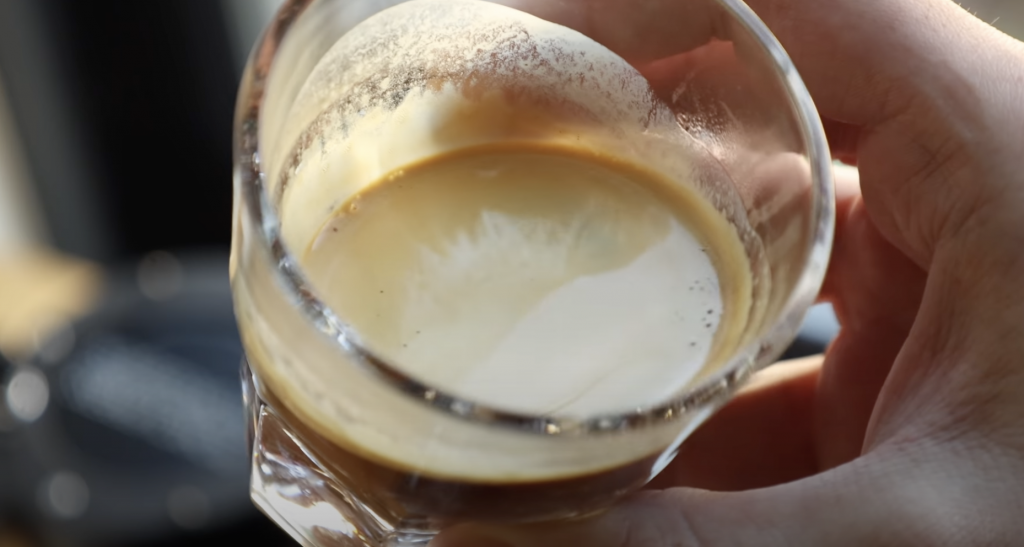
Bitterness is one of the main characteristics of espresso, but it is not necessarily a bad thing. A good espresso should have a slight and pleasant bitterness that balances the sweetness and the acidity of the coffee, as well as adds some depth and complexity to the flavor. Bitterness is also a natural and inevitable consequence of the roasting and brewing process, as the heat and the pressure cause the coffee to release some bitter compounds, such as caffeine, chlorogenic acids, and phenols.
However, bitterness can also be a sign of a bad espresso, if it is too intense, unpleasant, or overpowering. A bad espresso can be too bitter for several reasons, such as using stale, over-roasted, or low-quality beans, grinding the beans too fine, extracting the coffee too long, using water that is too hot or too hard, or having a dirty or faulty machine. These factors can cause the coffee to release too much of the bitter compounds, or create new ones, such as carbon and acrylamide, which can ruin the flavor and the aroma of the espresso.
Therefore, the answer to the question is: yes, good espresso is still bitter, but only to a certain degree and in a positive way. A good espresso should have a balanced and smooth bitterness that complements the other aspects of the coffee, not a harsh and unpleasant bitterness that dominates and spoils the coffee.
Is There More Caffeine in Espresso Than in Coffee?
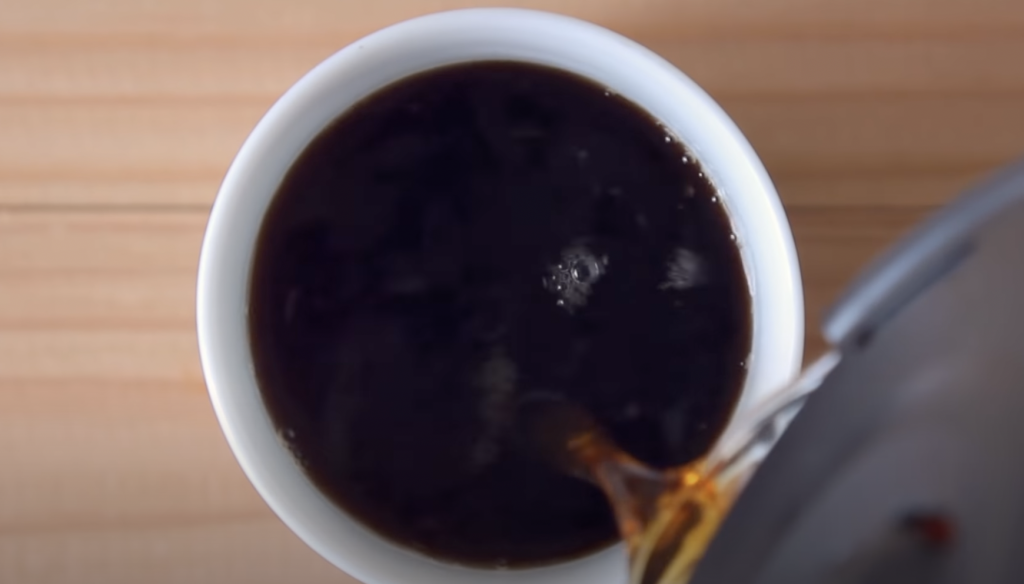
Many people have the wrong idea that espresso contains excess caffeine than standard coffee, which makes it more stimulating and energizing. However, this is not entirely true, as the caffeine content of espresso and coffee depends on several factors, such as the type, roast, and amount of the beans, the brew method, and the serving size.
Generally, compared to drip coffee, espresso has a higher concentration of caffeine, but less caffeine per serving than regular coffee. This is because espresso is made with a smaller amount of water and a shorter brew time than regular coffee, which results in a more concentrated and stronger brew, but also a smaller and shorter drink. Regular coffee is made with a larger amount of water and a longer brew time than espresso, which results in a less concentrated and weaker brew, but also a larger and longer drink.

According to the USDA, the average caffeine content of espresso is 64 mg per 1-ounce shot, while the average caffeine content of regular coffee is 12 mg per 1-ounce cup. However, the average serving size of espresso is 1-2 ounces, while the average serving size of regular coffee is 8-12 ounces. Therefore, the average caffeine content of a serving of espresso is 64-128 mg, while the average caffeine content of a serving of regular coffee is 96-144 mg.
Of course, these are only averages, and the actual caffeine content of espresso and coffee can vary depending on the factors we mentioned earlier. For example, Robusta beans have more caffeine than Arabica beans, darker roasts have less caffeine than lighter roasts, and finer grinds have more caffeine than coarser grinds. Also, different brew methods can extract different amounts of caffeine from the coffee, such as drip, French press, pour-over, or cold brew.
Therefore, the answer to the question is: it depends. Espresso has more caffeine per unit volume than regular coffee, but less caffeine per serving than regular coffee. However, the actual caffeine content of espresso and coffee can vary depending on the type, roast, and amount of the beans, the brew method, and the serving size.
Frap Roast vs. Espresso in Fraps

Fraps are a popular and refreshing drink that combines coffee, ice, milk, and flavored syrups or sauces, topped with whipped cream and more syrups or sauces. They are usually made with espresso, the foundation of various coffee beverages, such as cappuccino, latte, macchiato, and mocha. Espresso is a potent and dense drink that is produced by pushing hot water through finely ground coffee beans with high pressure, resulting in a thick and creamy crema and a rich and intense flavor.
A special coffee blend called frap roast, which is intended for fraps, is what some fraps are made with. Frap roast is a powder that is mixed with water to create a liquid coffee concentrate that is similar to espresso, but not exactly the same. Frap roast is made with a darker and stronger roast than espresso, which gives it a more bitter and smoky flavor. Frap roast is also more diluted than espresso, which makes it less potent and more suitable for fraps.
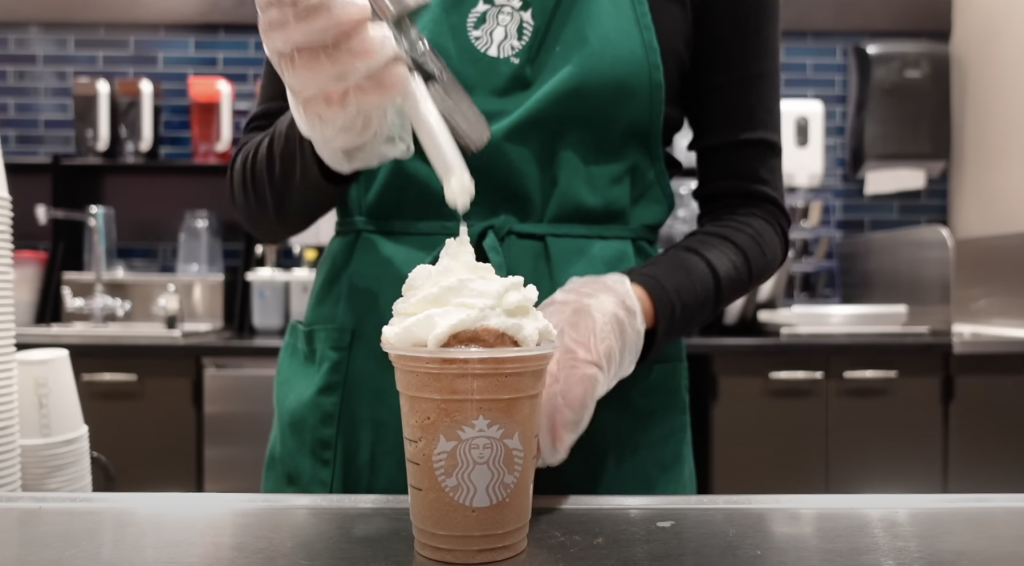
The main difference between frap roast and espresso in fraps is the flavor and the caffeine content. Frap roast has a more bitter and smoky flavor than espresso, which can complement or contrast with the sweetness and the creaminess of the frap. Espresso has a more balanced and smooth flavor than frap roast, which can enhance or blend with the other ingredients of the frap. Frap roast has less caffeine than espresso, which can make the frap less stimulating and energizing. Espresso has more caffeine than frap roast, which can make the frap more stimulating and energizing.
The choice between frap roast and espresso in fraps depends on your personal preference and taste. Some people may prefer frap roast, as it can add more depth and complexity to the frap, as well as reduce the caffeine intake. Some people may prefer espresso, as it can add more flavor and aroma to the frap, as well as increase the caffeine boost. You can also try both and see which one you like better, or even mix them together and create your own frap roast-espresso blend.
Final Thougs
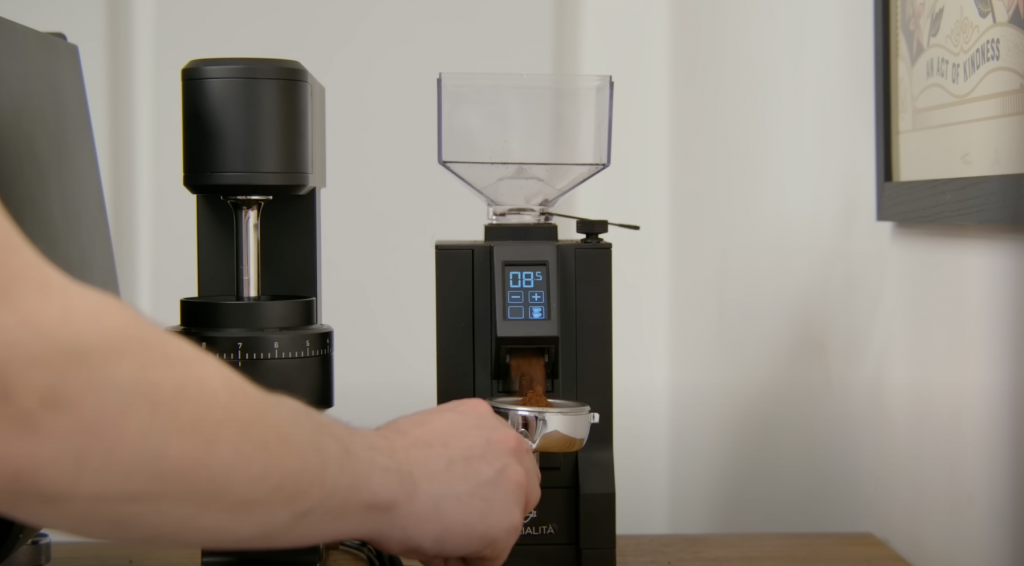
If you are a coffee lover, or want to become one, we encourage you to experiment and explore the wonderful world of espresso and coffee, and find your own personal and subjective preferences and tastes. We have provided you with information, tips and tricks for making the perfect espresso at home or in your favorite coffee shop, as well as some ideas and comparisons on the different types and methods of coffee preparation. There is no right or wrong way to enjoy espresso and coffee, as long as you have fun and are satisfied with it.
The responses below are not provided, commissioned, reviewed, approved, or otherwise endorsed by any financial entity or advertiser. It is not the advertiser’s responsibility to ensure all posts and/or questions are answered.
